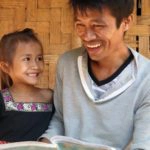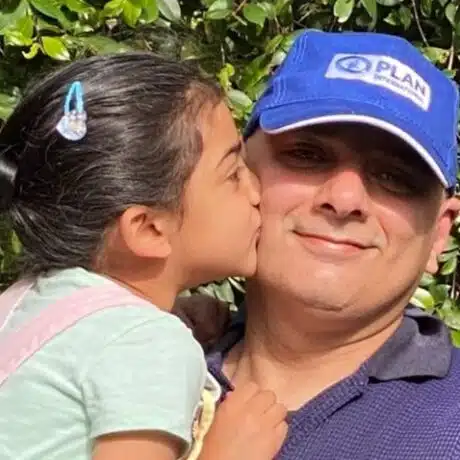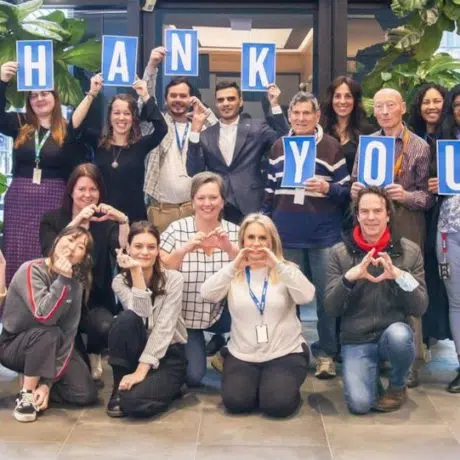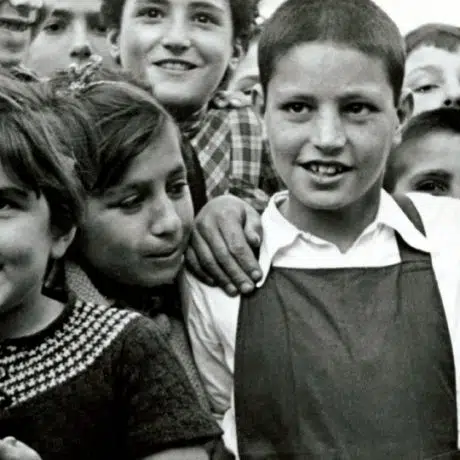News and Stories - Sponsorship - 25 August 2021
Your Child Sponsorship Questions Answered
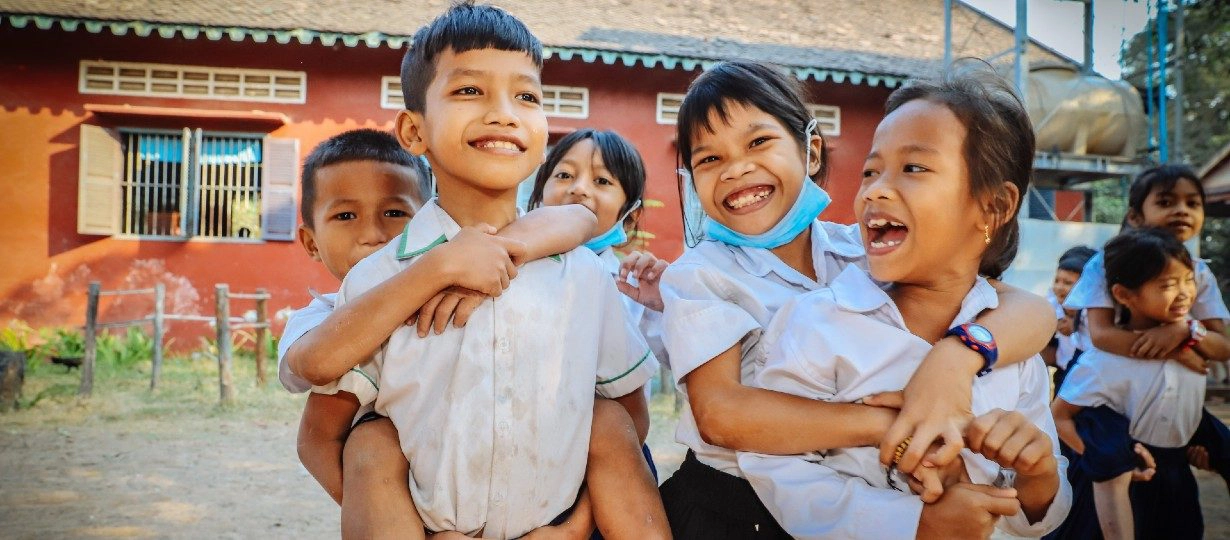
As part of our recent Supporter Appreciation Week, we asked some of our Child Sponsors to submit their burning questions to our very own Child Sponsorship Coordinator, Rekha Shrestha.

“My name is Rekha and I have worked closely with in-country colleagues and sponsors supporting children at Plan International since 2001.
During this time, I have visited many sponsorship program countries and seen how child sponsorship provides the means for a whole community to work together to improve their lives – including in my home country Nepal.
By answering your questions, I hope you’ll see how your support of Plan International allows sponsored children to access a wide range of sponsorship activities and programs that benefit all children who live within a sponsored community.”
Read on to see how Rekha answers your questions about our work and see for yourself how child sponsorship is making a difference in Shejuti’s community in Bangladesh!
How do you know your programs are effective?
We review the effectiveness of our programs every year through a process that includes interviewing all sponsored children and their families. In fact, in 2019, Plan International commissioned an independent review of our programs’ effectiveness through RMIT University. Data analysed by RMIT came directly from sponsorship communities and covered 12 million interview responses between 2006 -2019. The resulting report, Changing Lives, found that Plan International’s sponsorship program is effective, and importantly, reaches the most marginalised and vulnerable children. The findings also demonstrate that:
- Girls and boys are more likely to go to school in communities where Plan International runs sponsorship programs.
- School attendance amongst girls and boys rises every year that Plan International works in a community.
- In conflict situations, sponsorship helps to keep children in school.
- The earlier sponsorship starts, the longer a child will stay in school.
- Sponsored girls and boys are more likely to have their birth registered.
- Birth registration helps protect girls from child marriage and trafficking and gives children better access to education, health services and legal protection.
- Sponsorship improves communities’ access to water and the longer Plan International works in a community, the better the access to water and sanitation.
To read more about the “Changing Lives” report findings, you can download the report.
What happens to sponsor children when they graduate?
Plan International’s child sponsorship model takes a community-based approach which continues to benefit graduated sponsor children.
Sponsorship funds are pooled together to implement programs that benefit all children, families, and members of the community, over an extended period of many years. While sponsored children usually graduate from child sponsorship the year they turn 18, they continue to have access to a holistic package of activities, communications and initiatives if they still live in the community.
Many children who have successfully graduated from the sponsorship program are independent, skilled and confident. Some are also involved with Plan International’s work in their area as either community volunteers or paid staff. These success stories were highlighted by the Sponsorship Alumni project – a pilot project that allows graduate sponsored children’s voices to be heard and shared with our supporters through newsletters or other Plan International supported communications. The project is quite small at the stage but we expect it to grow.
- Plan International Global Board Member Carlos Aparicio is an academic and finance professional from Colombia. From the age of 5 to 18, Carlos was a Plan International sponsored child.
Does Plan International still help boys through child sponsorship? How does the girls focus operate in sponsorship communities?
Our sponsorship programs are non-discriminatory – they support the whole community and are inclusive. Our gender transformative approach benefits all children. In 2020, our sponsorship program reached 26 million girls and 24 million boys.
It is true that boys are often more privileged and have access to better opportunities than girls. We are dedicated to creating a better, more equal world that does not hold girls and women back. Plan International Australia pride ourselves on being the charity for girls’ equality, but our commitment to girls is never to the exclusion of boys. We work with communities to help redefine how they view gender and the challenges and societal expectations that prevent children from realising their full potential. We know that any development work or progress on gender equality is not possible without working with men and boys.
Boys also play an important role in achieving equality for girls. Poverty and lack of opportunity for young men can lead to violence in the home later in life, as can attitudes that see women as lesser than men. Shifting these attitudes by including boys in programs that tackle gender inequality is fundamental to all children realising their full potential.
Why did the child I was sponsoring leave the program?
The movement of people and families from one community to another is a common occurrence. People seek a chance to make a fresh start or earn a better living.
Plan International work in rural areas in many countries and there are many reasons as to why children leave the area supported by the sponsorship program. The trend towards urbanisation has seen 26% of the world’s population shift from living in small rural settlements to cities between 1950 and 2018, and many sponsored children’s families’ relocations are in line with this trend. Broadly, children leave their rural communities for the following reasons:
- Education – It is common for rural children to move to bigger cities and live with extended family to attend secondary school.
- Employment – Children from rural areas sometimes relocate to follow their dreams for a particular job or apprenticeship in larger centers.
- Marriage – In some countries, sponsored children may also get married before or soon after they turn 18. When they move to their spouse’s community, they no longer have access to the programs running in their home town or village.
However, sometimes sponsor children simply choose not to participate in the program activities and opt-out. We always respect this choice, just as we would if a child in Australia said they didn’t want to write letters and participate in a group project.
We understand this can then be disappointing for sponsors and for Plan International, but we can’t control sponsor children’s lives – it is their choice to move or find employment.
Despite this, Plan International works with communities to make lasting improvements for all the children and families who live there. Ultimately, these improvements enable families to build a rewarding life for their children, but this takes time to achieve and change is gradual. We can provide comprehensive, self-sustaining local programs that offer community members better prospects right in their home villages with your support. Many of these focus on livelihoods and giving community members access to agricultural, training and microfinance programs to improve their productivity, prevent food shortages, and increase their incomes without having to resort to migration with all its challenges and uncertainties.
How much of my support reaches the children?
In everything we do, we are committed to efficiency, transparency, and to maximising the impact of every donation we receive. Through your support, we’re able to increase the value of our work, which creates an even bigger impact and takes us one step closer to achieving our mission of an equal world for all children.
- 78% of our funding goes towards our programs and community-education work.
- 6% goes to accountability and administration so our experts and teams are able to continue our life-changing work.
- 16% goes to fundraising to help grow and maintain our programs.
Furthermore Plan International are often able to make your donations go further because we leverage grants from the Australian government and the United Nations (among others), using publicly raised money as a match. As a general principle, the combination of child sponsorship and grant funding positions Plan International to amplify our impact in child sponsored communities – when you give $100 to Plan International, we can turn it into around $244 (this varies from year to year). In this way, our programs for children can receive almost two and a half times the benefit.
Take a tour of Shejuti’s community in Bangladesh
As a sponsored child, Shejuti’s role is to act as a representative of her community. On her tour of her village, Shejuti shows how Plan International support a range of programs and asks everyone participating to wave hello!


